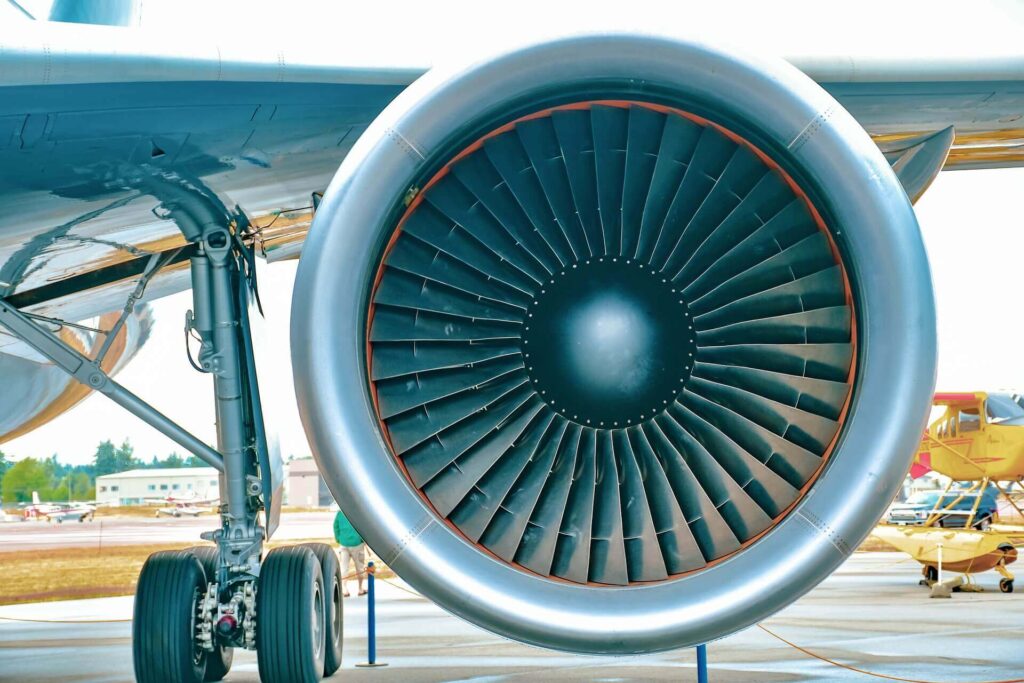Computational Fluid Dynamics (CFD) plays a significant role in the aerospace industry by providing a simulation-based approach for analyzing and designing aircraft components, such as wings, fuselages, and engines. CFD simulations services can be used to predict fluid flow behavior, heat transfer, and aerodynamics, which are crucial for ensuring aircraft performance, safety, and efficiency. This allows engineers to test and optimize designs without the need for expensive physical prototypes and wind tunnel experiments.
Additionally, CFD services can help reduce the time and cost associated with the development of new aircraft, improve operational performance, and meet environmental standards. CFD Analysis Services is widely used in the aerospace industry for various purposes, including:
- Aircraft Design: CFD Simulation Service, is used to simulate aircraft aerodynamics and predict their performance, stability, and control characteristics. This helps engineers to optimize the design of aircraft components such as wings, fuselages, and engines.
- Engine Design: CFD is used to simulate the flow of air and fuel in engines and predict performance characteristics, including thrust and fuel efficiency.
- Structural Analysis: CFD can be used to simulate fluid-structure interactions and predict the loads and stresses on aircraft components.
- Environmental Impact: CFD can be used to predict the impact of aircraft emissions on the atmosphere and the environment, including emissions of greenhouse gases and contrails.
- Safety Analysis: CFD can be used to simulate emergency scenarios and predict the behavior of aircraft in extreme conditions, such as bird strikes and icing.
Even though there are many benefits of CFD Consulting Services, in the aerospace industry, there are also several challenges that must b addressed. Some of these challenges include:
- The complexity of simulations: The simulation of aerodynamic flows and other physical phenomena in aircraft design can be highly complex and computationally intensive, requiring large amounts of data and computing power.
- Model Validation: Validation of CFD models can be complex as the complexity of real-world aerodynamics can be difficult to fully replicate in simulations, leading to potential inaccuracies.
- Cost: The cost of hardware and software necessary for running CFD simulations can be high, making it challenging for smaller aerospace companies to invest in the technology.
- Data Management: The volume of data generated by CFD simulations services can be vast, requiring effective data management strategies to ensure accuracy and efficiency.
- Integration with Other Design Tools: CFD simulations must be effectively integrated with other design tools and processes in the aerospace industry to ensure efficient and effective design and optimization.
Despite these challenges, CFD companies such as Imaginationeering continues to be a critical tool for the aerospace industry, and ongoing advancements in technology and techniques are helping to overcome these challenges and improve the accuracy and efficiency of CFD simulations. Overall, CFD helps aerospace engineers make informed decisions, reduce development time and costs, and improve aircraft performance, safety, and sustainability.

